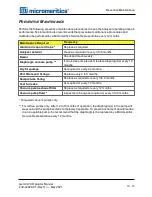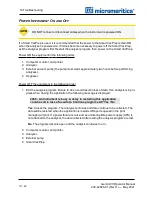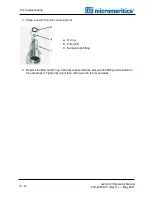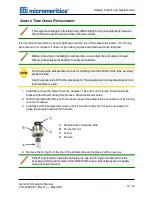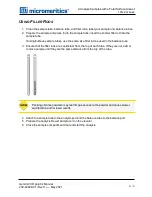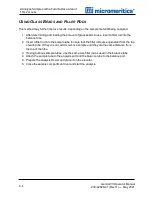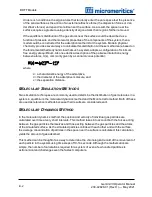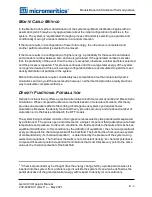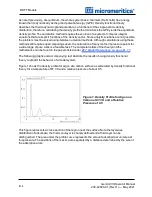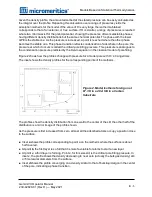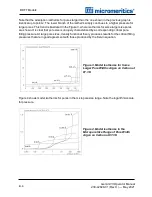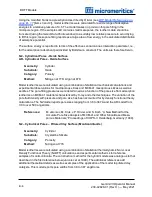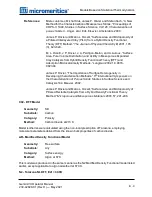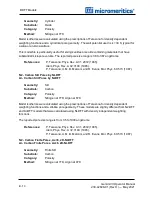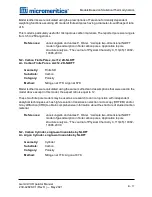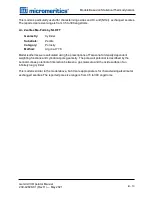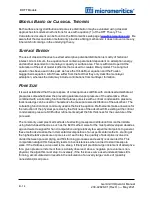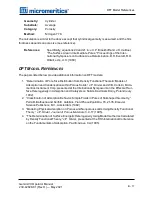
B DFT Models
Under such conditions, the argon atoms that randomly enter the pore space feel the presence
of the solid surface as the action of an external attractive force (the dispersion forces or Van
der Waal’s forces) and spend more time near the surface. As a result, the space near the
surface acquires a greater average density of argon atoms than regions farther removed.
If the equilibrium distribution of the gas atoms near the surface could be described as a
function of pressure and the molecular properties of the components of the system, then a
model could be constructed for the adsorption isotherm for the system. Modern physical
chemistry provides several ways to calculate this distribution. All these methods are based on
the fundamental thermodynamic law that such a system adopts a configuration of minimum
free energy at equilibrium. Also needed is a description of the pairwise interaction energy
between atoms, U(s), commonly given by a Lennard-Jones potential:
where
ε = a characteristic energy of the adsorptive,
σ = the diameter of the adsorptive molecule, and
s
= the separation distance.
M
OLECULAR
S
IMULATION
M
ETHODS
Two simulation techniques are commonly used to determine the distribution of gas molecules in a
system in equilibrium: the molecular dynamics method and the Monte Carlo method. Both of these
are used as reference methods because their results are considered exact.
M
OLECULAR
D
YNAMICS
M
ETHOD
In the molecular dynamics method, the position and velocity of individual gas particles are
calculated over time at very short intervals. This method takes into account both the forces acting
between the gas particles themselves and those acting between the gas particles and the atoms
of the simulated surface. As the simulated particles collide with each other and with the surface,
the average concentration of particles in the space near the surface is calculated; this calculation
yields the amount of gas adsorbed.
This method can be thought of as a way to determine the chronological record of the movement of
each particle in the system using time steps of 10-14 seconds. Although the mathematics are
simple, the number of calculations required for a system of even a few hundred particles is
astronomical and challenges even the fastest computers.
B - 2
Gemini VII Operator Manual
239-42828-01 (Rev H ) — May 2021
Summary of Contents for GEMINI VII
Page 1: ...OPERATOR MANUAL 239 42828 01 May 2021 Rev H GEMINI VII SURFACE AREA ANALYZER ...
Page 10: ......
Page 16: ......
Page 92: ......
Page 126: ...6 About Reports SAMPLE LOG REPORT 6 34 Gemini VII Operator Manual 239 42828 01 Rev H May 2021 ...
Page 127: ...T PLOT REPORT t Plot Report Gemini VII Operator Manual 239 42828 01 Rev H May 2021 6 35 ...
Page 128: ...6 About Reports VALIDATION REPORT 6 36 Gemini VII Operator Manual 239 42828 01 Rev H May 2021 ...
Page 234: ......
Page 242: ......
Page 244: ......
Page 247: ......
Page 248: ......


